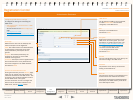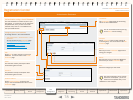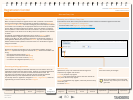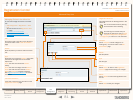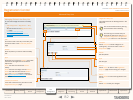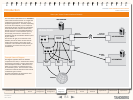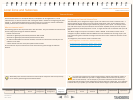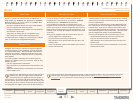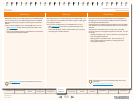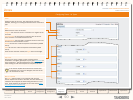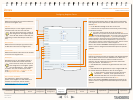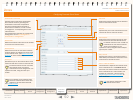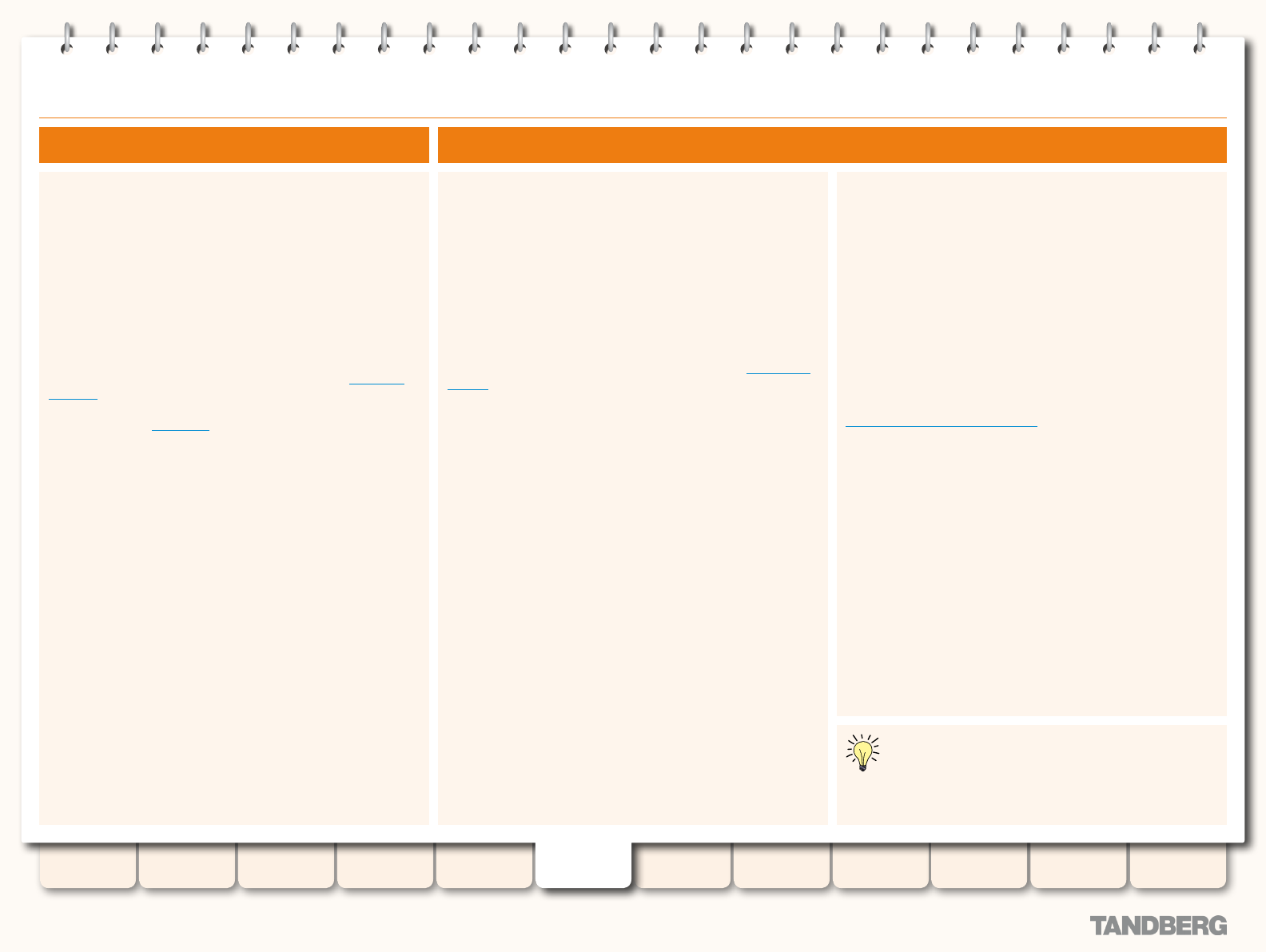
85
D14049.04
JULY 2008
Grey Headline (continued)
TANDBERG VIDEO COMMUNICATIONS SERVER
ADMINISTRATOR GUIDE
Introduction Getting Started
Overview and
Status
System
Conguration
VCS
Conguration
Zones and
Neighbors
Call
Processing
Bandwidth
Control
Firewall
Traversal
Appendices
Applications Maintenance
Local Zone and Subzones
Conguring the Local Zone and its Subzones
The collection of all endpoints, gateways, MCUs and Content
Servers registered with the VCS make up its Local Zone.
The Local Zone is divided into subzones. These include an
automatically created Default Subzone and up to 100 manually
congurable subzones. Each manually congured subzone
species a range of IP addresses. When an endpoint registers
with the VCS it is allocated to the appropriate subzone based
on its IP address. If the endpoint’s IP address does not match
any of the subzones, it is assigned to the Default Subzone. The
Local Zone may be independent of network topology, and may be
comprised of multiple network segments.
The VCS also has two special types of subzones. The rst is the
Traversal Subzone, which is always present (see the Traversal
Subzone section for more information). The second is the
Cluster Subzone, which is only present when your VCS is part of
a cluster (see the Clustering section for more information).
Overview
Bandwidth Management
The Local Zone’s subzones exist for the purposes of bandwidth
management. Once you have set up your subzones you can
apply bandwidth limits to:
individual calls between two endpoints within the subzone
•
individual calls between an endpoint within the subzone and
•
another endpoint outside of the subzone
the total of calls to or from endpoints within the subzone.
•
For full details of how to create and congure subzones, and
apply bandwidth limitations to subzones including the Default
Subzone and Traversal Subzone, see the section on Bandwidth
Control.
Conguring the Local Zone and its Subzones
Local Zone Matches
One of the functions of the VCS is to route a call received from
a locally registered endpoint or external zone to its appropriate
destination. Calls are routed based on the address or alias of
the destination endpoint.
When searching for a destination endpoint, the VCS will search
its Local Zone and external zones. You can prioritize the order in
which these zones are searched, and lter the search requests
sent to each zone, based on the address or alias being searched
for. This allows you to reduce the potential number of search
requests sent to the Local Zone and out to external zones, and
speed up the search process.
For further information on how to congure the Local Zone
Matches and the overall process for searching zones, see the
Zone Searching and Transforming section.
The ability to include the Local Zone when prioritizing
zone searches is a new feature in VCS version X3.0.
Prior to this version, the Local Zone was always
searched before any external zones.



